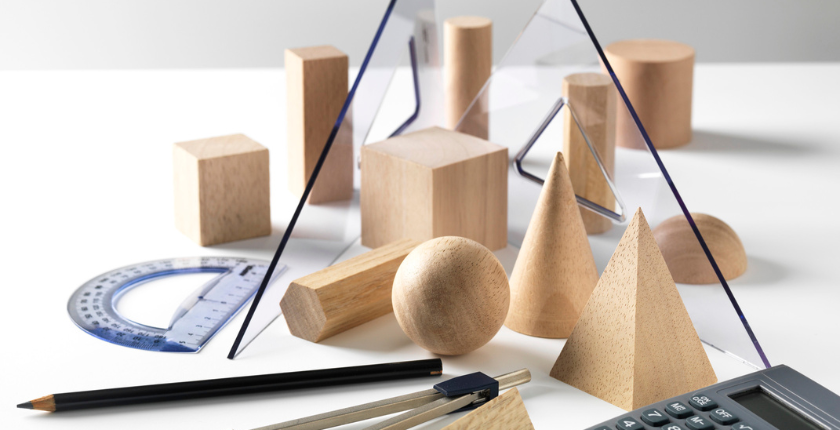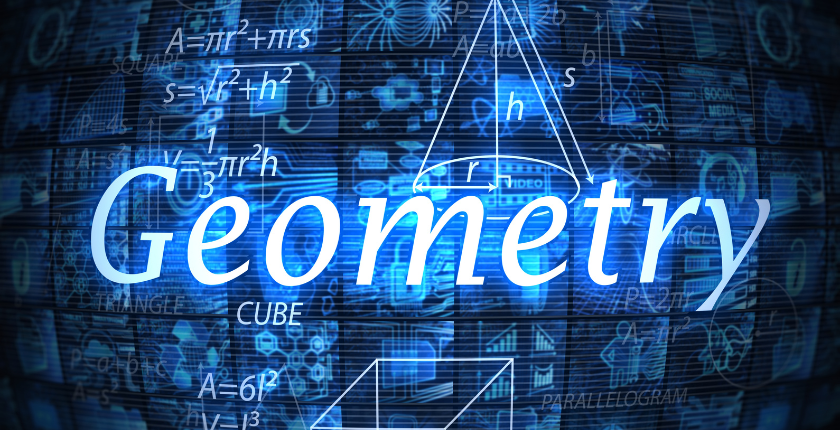Table of Contents
Hands-on geometry spot activities in the classroom allow students to actively collaborate, investigate, and develop a deeper understanding of geometry concepts.
Geometry is a key part of any math curriculum, but it can often seem abstract and theoretical for many students. Bringing hands-on geometry spot activities into the classroom is an excellent way to make geometry more concrete, interactive, and engaging for learners. In this article, we will explore some of the best practices for incorporating geometry spot activities to create an active learning environment where students can truly grasp geometric concepts.
What are Geometry Spot Activities?
Geometry spot activities are stations or centers set up around the classroom that allow students to interact with various geometry manipulatives and tools. They are designed to provide hands-on learning experiences to deepen understanding of geometry concepts.
Some examples of common materials found at geometry spot activity stations include:
- Geoboards
- Pattern blocks -Tangram puzzles
- Polydrons
- Mirrors
- 3D shapes
- Protractors
- Compasses
- Grid paper
- Geometric construction tools
- Measuring tools like rulers and tape measures
Students may engage in spot activities individually, in pairs, or in small groups. The activities are facilitated by prompts or directions at each station guiding students to investigate concepts like lines, angles, shapes, transformations, measurement, and more.
Also Read: sci-fi robot nyt
Benefits of Using Geometry Spot Activities
Integrating geometry spot activities offers a wealth of benefits that support student learning:
Increased Engagement
Hands-on activities like geometry spots appeal to visual, auditory, and kinesthetic learning styles. Students are more active participants in discovering concepts for themselves, which results in higher engagement and interest.
Deeper Understanding
Active experimentation with geometry tools and tactile manipulatives leads to improved spatial reasoning skills and a deeper grasp of abstract concepts. Students can see and feel how geometry works.
Collaboration
Spots facilitate communication, teamwork, and peer teaching. Students learn from one another as they work collaboratively to investigate concepts. The teacher becomes a facilitator of learning.
Differentiation
Stations allow for differentiation because students can work through activities at their own pace. The teacher can provide tailored challenges and support at each spot.
Formative Assessment
Geometry spot activities provide built-in opportunities for formative assessment. Teachers can circulate to observe students at work and gauge their understanding.
Movement
Getting up and moving from spot to spot helps students stay engaged through kinesthetic learning. The mobility adds an element of fun too!

Implementing Effective Geometry Spot Activities
Follow these tips to successfully implement geometry spot activities:
1. Structure the Activities
Each spot should focus on one key concept. Give clear directions and probing questions to steer the learning. Make sure the required materials are available. Set expectations for teamwork or individual work.
2. Strategically Choose Materials
Select tactile tools that naturally lend themselves to the concepts being taught. Provide familiar manipulatives but also novel items that spark curiosity and thinking.
3. Model and Scaffold
Demonstrate how to appropriately use the materials and how to reflect on the questions. Provide graphic organizers or recording sheets to scaffold the learning process.
4. Build in Discussion and Reflection
Leave time for groups to share our discoveries with the whole class. Connect concepts back to the lesson. Have students reflect on how the activities enhanced their understanding.
5. Assess and Provide Feedback
Spot checks and exit slips are easy ways to assess understanding. Give specific feedback to individuals and teams on their progress in mastering concepts.
6. Change Up Spots Regularly
Novelty breeds engagement. Frequently rotate materials and activities. Introduce new creative challenges to pique ongoing interest.
7. Store Materials Organized
Effective geometry spots require organization. Use bins, shelves, and labels to create an efficient system students can navigate independently.
8. Link to Curriculum Content
Tie geometry spots directly to the key standards and learning goals for the unit or lesson. Activities should align with concepts students are actively studying.
Fun Geometry Spot Ideas
Here are some engaging geometry spot activity ideas to try:
- Build polygons and polyhedrons with straws and marshmallows
- Use mirrors and tracing paper to investigate symmetry
- Create shapes with rubber bands stretched on geoboards
- Construct angles with popsicle sticks and measure with protractors
- Fold origami shapes to explore angles and triangles
- Use Pattern blocks to understand area and fractions
- Build shapes with toothpicks and playdough mats
- Draw 2D nets for 3D figures and construct the solids
The key is choosing novel and interactive activities that get students actively experimenting with geometry concepts. The more creative and hands-on the better!
Final Thought
Integrating geometry spot activities transforms classrooms into vibrant hands-on learning environments. Students collaborate, investigate, build, measure, manipulate, and have fun with math. Geometry spots allow teachers to facilitate active learning while assessing student understanding. Concrete experiences with shapes, spatial reasoning, and measurement lead to deeper mastery of abstract geometry concepts. Geometry spots turn math into an engaging and enriching adventure!



